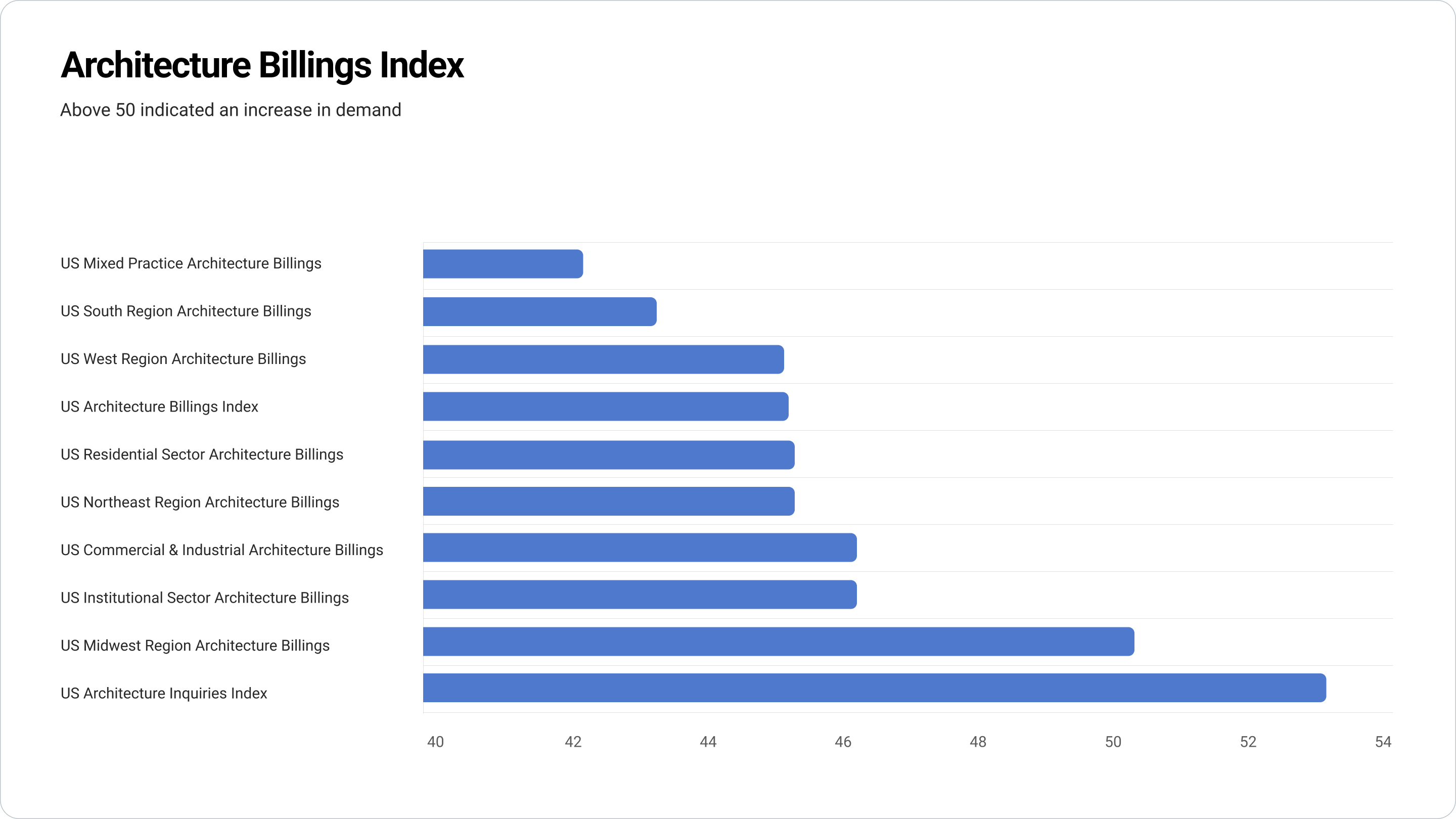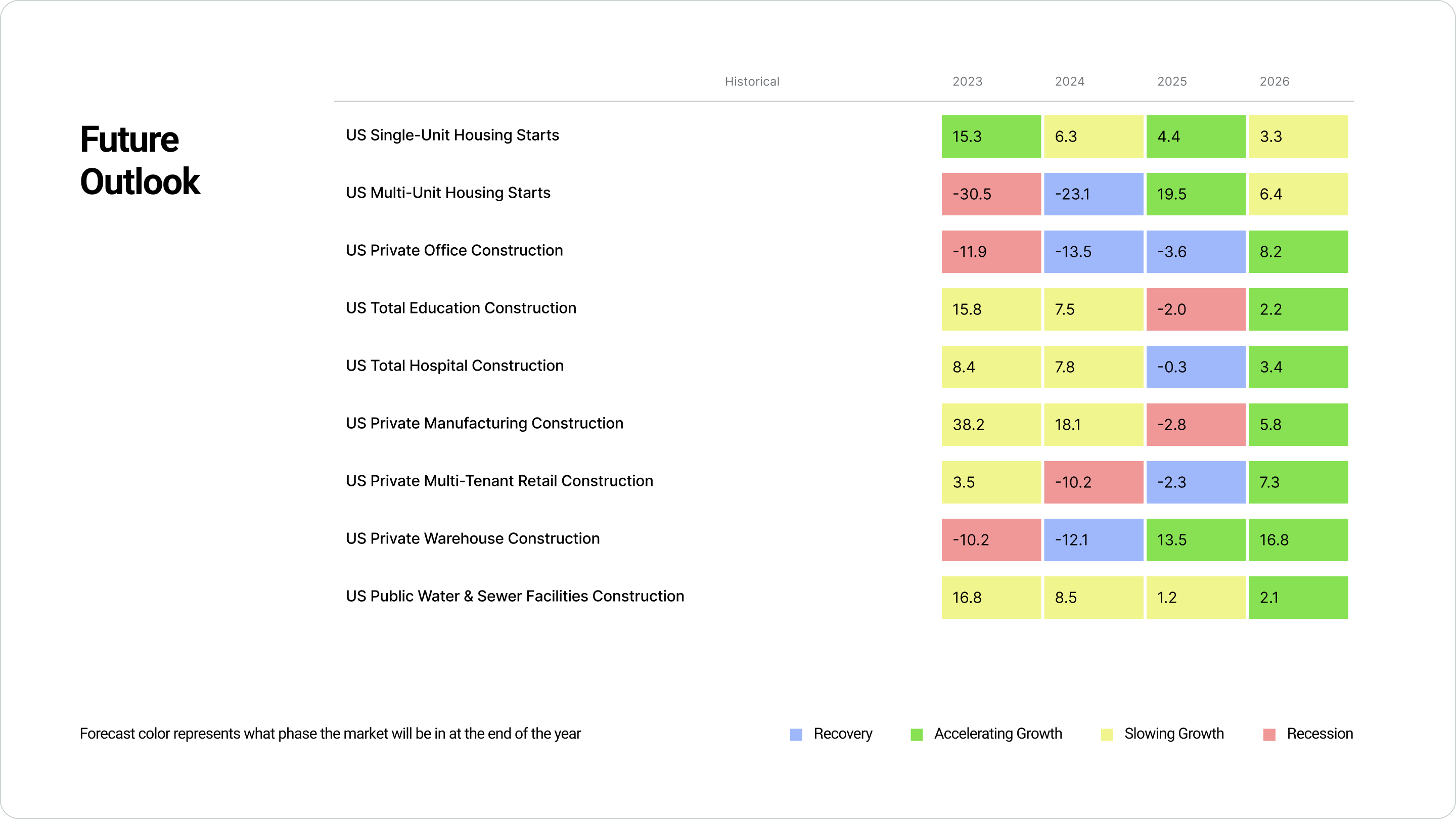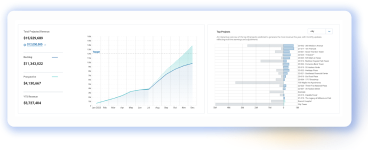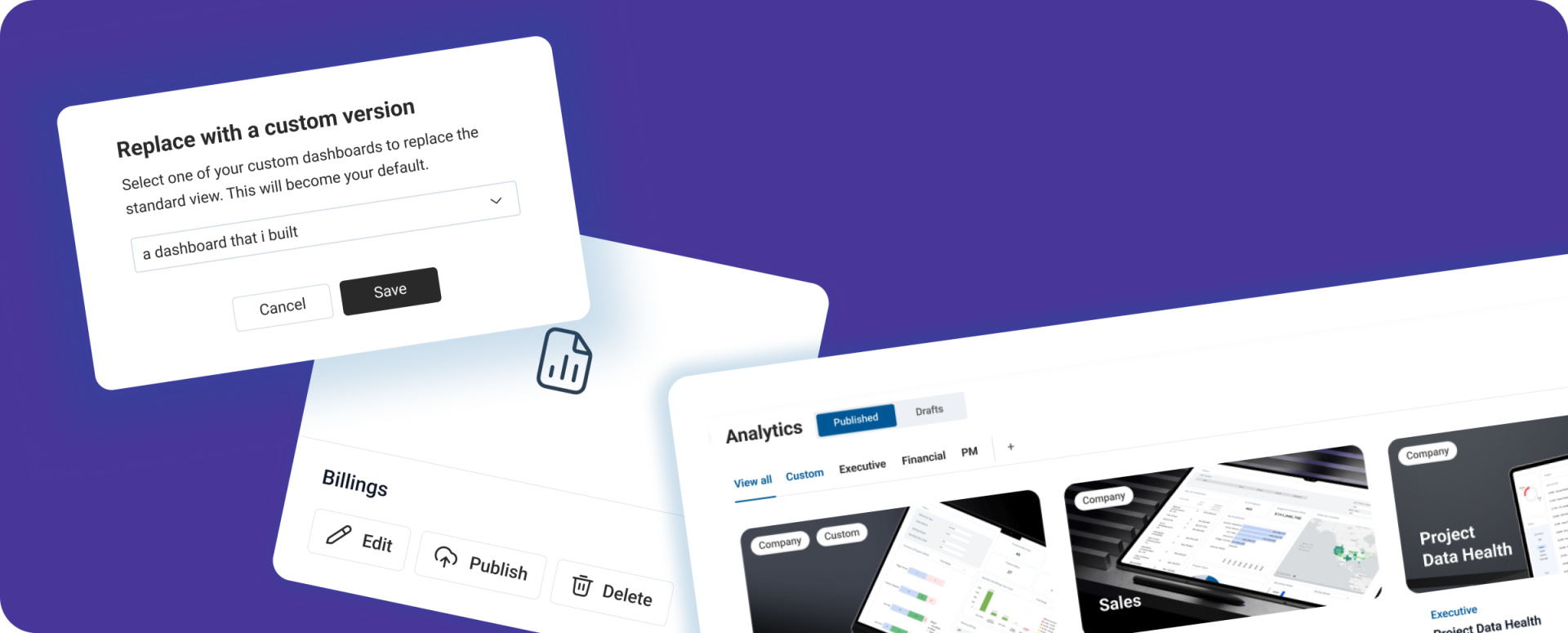The clock is ticking toward a potential economic shift, and for construction leaders, this isn’t a time for complacency—it’s a call to action. In the coming years, companies that lay the groundwork for resilience will have the edge. Imagine navigating a downturn with stability and the strength to capitalize on opportunities your competitors can’t afford to chase. Now is the time to build a fortress around your operations and finances. From 2024 to 2029, your actions could set the stage for survival, profitability, and growth—regardless of what the economy brings. Here’s your roadmap to a more resilient future.
Published November 6, 2024 . 4 mins read
Thriving Through Uncertainty: Preparing Your Construction Company for 2030
Business

 Bruce Orr
Bruce Orr
Chief Data Scientist & CEO, ProNovos
Understanding Rate of Change (ROC) in Construction
To stay competitive, contractors need a clear view of economic indicators that show market momentum and pricing trends. Rate of Change (ROC) measures these shifts, allowing contractors to see trends over specific periods, such as the 3/12 ROC, which compares the last three months with the same time last year. Tracking these changes can help construction companies better understand market conditions and make data-driven decisions.
Action steps:
Analyze Costs
Rising material costs and project delays require a close examination of cost drivers.
Optimize Cash Flow
Tools like ProNovos enhance forecasting, allowing contractors to proactively manage their cash flow.
Monitor Trends
Staying informed on market demand helps contractors adjust bids and pricing strategies effectively.
Key Trends for 2024-2028

2024: Building Stability and Preparing for Growth
The year has focused on stabilizing after recent disruptions, but growth is expected in the years to come. Reviewing backlogged projects and preparing cash flow forecasts for 2025 are critical first steps to avoid revenue gaps.

2025: Increased Demand and Opportunity
Lower interest rates and increased infrastructure demand will drive construction growth. This is an ideal time to refinance, streamline bidding, and invest in technology that provides real-time financial insights, such as cash flow forecasting and revenue tracking.

2026-2028: Expansion Opportunities
As demographic shifts drive demand, projects like office space repurposing and infrastructure work will open opportunities for contractors to grow their portfolios. However, high demand will put pressure on project managers (PMs), making it crucial to ensure they have real-time project financial visibility.
Essential Steps for High Growth:
Financial Training for Project Managers
Give project managers a stronger grasp of project financials.
Regular Project Reviews
Maintain regular reviews to keep projects on track and manage cash flow effectively.
Adopt Financial Intelligence Tools
Solutions like ProNovos help PMs keep projects profitable.
Strategic KPIs to Drive Success
Staying ahead requires focusing on construction financial KPIs that signal future performance rather than relying on past data alone. Key metrics include:
Estimated Profit and Earned Revenue
These key performance indicators provide early warning of margin erosion and cash flow risks.
Cash Flow Forecasting and Days Sales Outstanding (DSO)
Monitoring these helps contractors anticipate shortfalls and adjust billing cycles proactively.
Final Thoughts: Positioning for Long-Term Success
As construction leaders look to 2030, now is the time to set the foundation with advanced planning and technology. Leveraging financial intelligence and strategic planning empowers companies to thrive and drive the industry forward, even as challenges arise. For more insights on how technology can support this journey, hear more from my presentation Forecasting and Financial Strategies for Construction Leaders that we hosted with our client OTL, Inc., and Foundation Software, a leader in construction accounting solutions.



